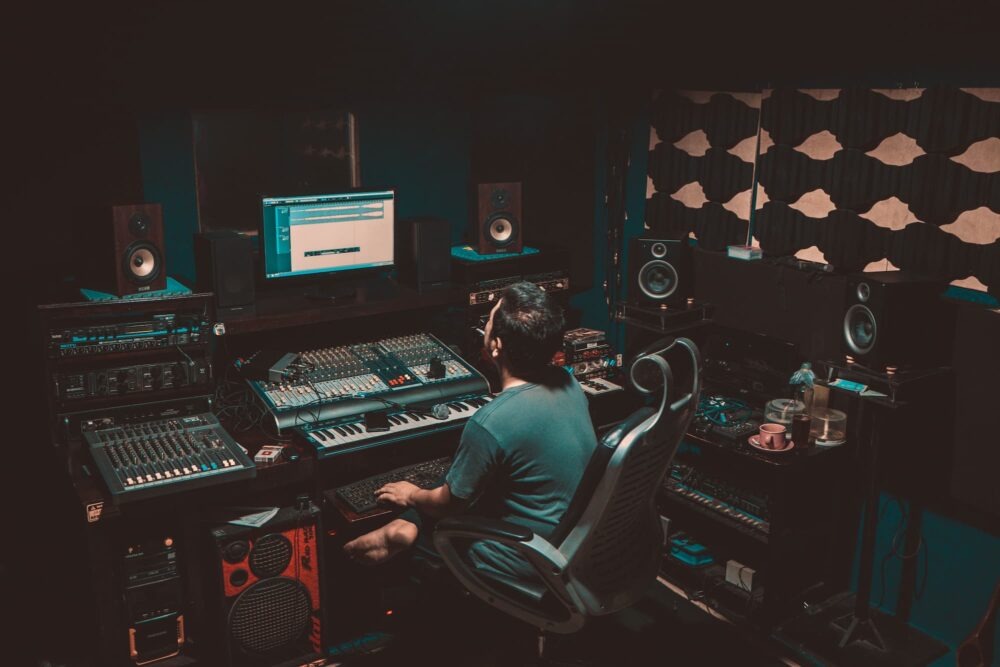Most people don’t consider music in movies to be very important. Indeed, in 80% of cases these are just faceless instrumental pieces inserted “to create the mood” and pay attention to such music only when it is too intrusive.
A standard movie is one and a half hours long. Film composers are usually ordered so much music that they can cover half of the soundtrack – that is, about 40-50 minutes. All this is given from two weeks to two months, depending on how much time remains before the release of the tape.
Most often, the composer’s work begins with the director inviting him to the editing room and showing a rough cut of his tape. “I need disturbing music from this place to this,” says the director. “With a special dramatic emphasis on the moment where the hero finds someone else’s size 60 sock under the bed and guesses everything.” The composer listens and makes notes in a notebook. Setting the boundaries of future melodies is called “spotting” – having received exhaustive instructions, the composer can only compose something that fits into the time frame specified by the director. This is actually not so simple – whoever wrote music for cinema constantly remembers both the Procrustean bed and the Damocles sword – therefore, in order not to go beyond the boundaries, many authors use special formulas or computer programs that help calculate the tempo. An already written melody that does not fit into the “window” assigned to it can be accelerated or slowed down.

There is another way to write music for films: the composer is simply allowed to read the script or watch the storyboards, and, inspired by these materials, he writes the melodies. Many songwriters like this method much more, because it gives space for creativity and additional time to complete the task (the music author does not need to wait until the film is shot and edited, so that he can start work even before the start of filming – for example, Hans Zimmer wrote the music for the film “Inception”). As a result, the director receives a more universal and independent work, which is not tied to a specific scene and is theoretically capable of sounding anywhere in the film.
